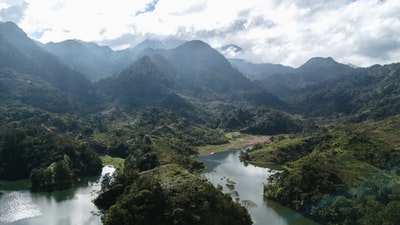 The similarities and difference between organisms can be defined as variations between their DNA. In other words, it’s differences in DNA which leads to genetic diversity.
The similarities and difference between organisms can be defined as variations between their DNA. In other words, it’s differences in DNA which leads to genetic diversity.
Selective breeding
Humans use this idea to their own advantage through selective breeding. Basically, a farmer chooses their best animals or plants and breeds them together. They then choose the best offspring (the F1 generation) and breed these together to create the F2 generation. This breeding is continued until the optimum animal or plant is created with the particular traits sought after.
Selective breeding has its advantages, the main one being financial: a lot of money is saved by eliminating the weaker individuals and breeding an optimum individual. This also ensures the maximum output is guaranteed, for example cows that produce the most milk.
However, there are also disadvantages. On a genetic level, a trait is a representation of an allele. If only certain traits are bred then alleles are lost and the gene pool shrinks which has a negative effect on biodiversity. A change in the frequency of a gene is known as genetic drift.It can also have a negative effect on the organism itself: many pedigree dogs have particular weaknesses or health issues.
——————————————————
The Founder Effect

——————————————————
Genetic bottlenecks
A genetic bottleneck, also known as a population bottleneck, can also lead to the Founder Effect despite the fact that it isn’t actually a new population. This is where the numbers of a population crash, for example due to a large number of the species dying or being unable to reproduce. This reduces the amount of genetic variation and leads to an increase in genetic drift. In severe cases, a genetic bottleneck can lead to inbreeding which reduces the gene pool even more.